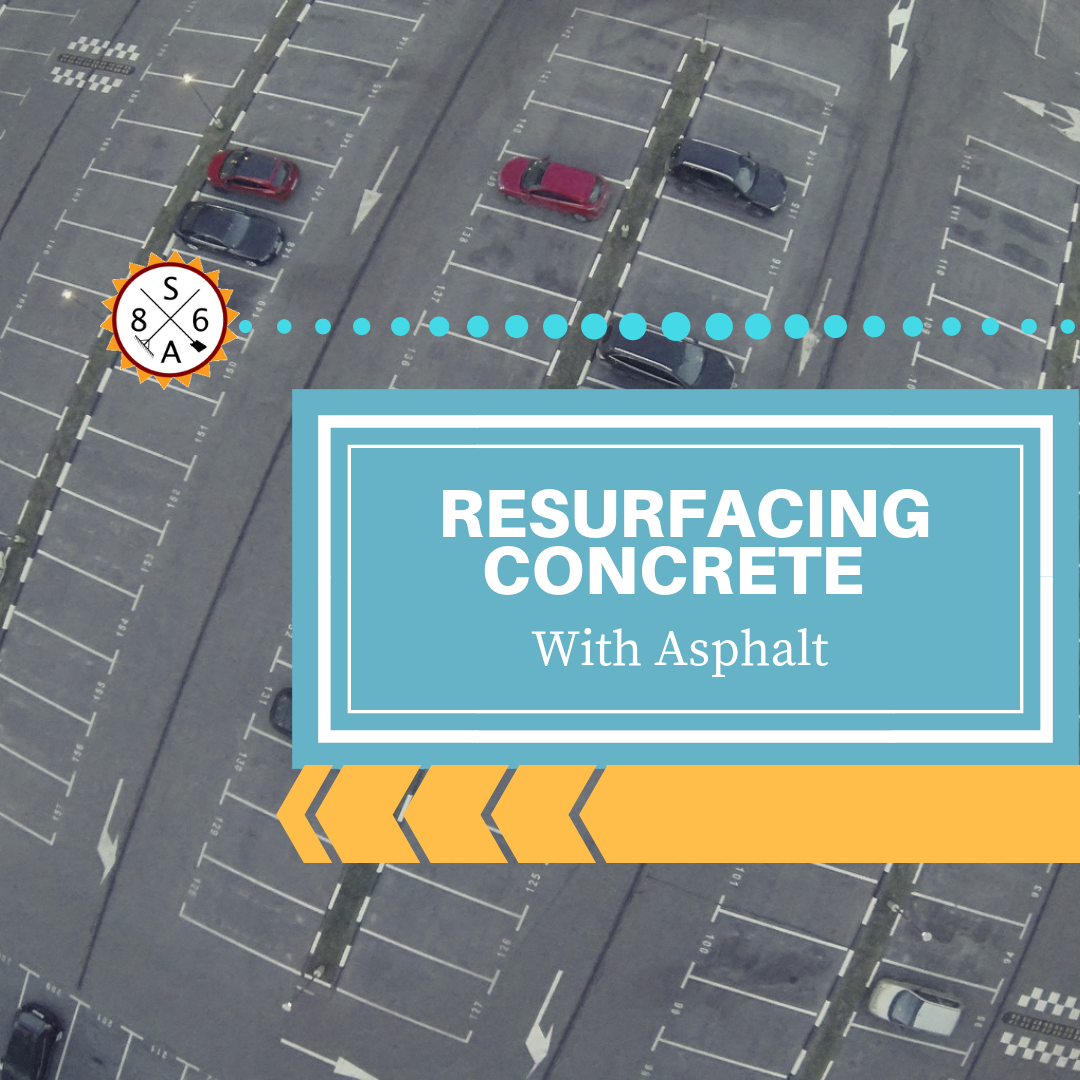
Jan 16, 2019 | Asphalt Paving
Improving the lot around your business is important for economic growth. A number of things can go wrong in the winter with all the ice, snow, and rain, and there are repairs that businesses should be making to their lot. This will help prevent flooding and damage to...

Dec 26, 2018 | Asphalt Driveway, Asphalt Paving
Concrete is an inexpensive building material that shows up in a number of domestic and commercial applications. It is often used for floors, driveways, sidewalks, and even parking lots. However, concrete has limitations. These problems may show up over time or as the...

Dec 15, 2018 | Asphalt Driveway, Asphalt Paving
The outward appearance of your business plays a vital role in making a first impression—whether good or bad. Before deciding to walk inside, potential customers will form a subconscious opinion based on how it looks on the outside. By making a few simple adjustments,...

Nov 30, 2018 | Asphalt Paving, Construction, Paving
Asphalt paving is a vital part of the transportation infrastructure for Colorado. This type of pavement provides a safe, cost-effective and environmental friendly for the roads, bridges and parking areas. It plays a significant role in the Colorado community. Asphalt...

Nov 16, 2018 | Asphalt Driveway, Asphalt Paving, Construction
Asphalt pavements are made from a mixture of stones, sand, and liquefied asphalt cement at 300°F. Upon cooling, the mixture forms a hard surface that is capable of accommodating heavy weights including vehicles. When computing asphalt paving costs, key among the...









